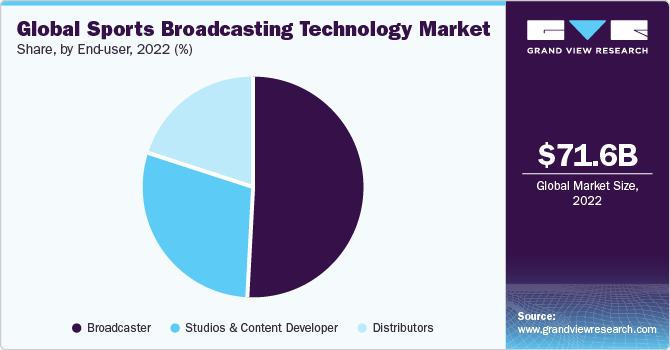
New technologies like artificial intelligence is reshaping the way sports fans experience live and
on-demand broadcasts, allowing media companies offering more immersive, interactive, and
data-rich viewing experiences.
With the integration of AI-powered tools into broadcasting, sports content is becoming more
dynamic, engaging, and personalized. This revolution is transforming everything from visual
effects (VFX) to real-time game analysis, drastically improving the way fans enjoy their favorite
sports.
Enhancing visual effects with AI
This new add-ons have significantly elevated the visual appeal of sports broadcasts.
Broadcasters now use AI to enhance visual effects, making the overall experience more
captivating for viewers. Thanks to the dynamic capabilities of machine learning and AI-driven
animation tools, VFX has become a more sophisticated and flexible element in sports
presentations.
One key application of AI in sports broadcasting is the use of real-time data overlays. For
example, player statistics, game metrics, and even predictive analyses can be incorporated
seamlessly into live broadcasts. This provides audiences with a more interactive and informed
experience, as they can follow key statistics and visualizations while watching their favorite
teams play. AI-powered VFX not only enriches the presentation but also creates more exciting
ways for broadcasters to engage viewers, making the content more appealing and easier to
understand.
Redefining the fan viewing experience
Gone are the days when watching sports on television was a passive experience. Today, fans
can watch live or on-demand events across a variety of devices, including smart TVs,
computers, smartphones, and tablets. AI has played a pivotal role in enhancing this experience
by delivering faster live streaming, higher-quality visuals, and more interactive features. These
advances make the viewing process more engaging, regardless of where or how fans choose to
watch.
AI-driven tools, such as machine learning algorithms and real-time data analytics, allow
broadcasters to provide enhanced game narratives and interactive features. For example,
sports pundits now use touchscreen devices powered by AI to dissect in-game situations and
explain complex plays with ease. These technologies allow commentators to offer deeper
insights into a match’s dynamics, helping viewers understand the game from unique angles.
The result is a more immersive experience that brings fans closer to the action, even when
they aren’t attending in person.
One of the most groundbreaking contributions of AI to sports broadcasting is its ability to
process vast amounts of data in real time. AI-powered tools can analyze a game’s trajectory,
track player movements, and interpret complex match situations with unprecedented
accuracy. These insights, which would have taken hours to process manually, are now available
to broadcasters instantaneously. As a result, sports analysts can offer more precise and
compelling narratives, backed by real-time data.
AI also reduces the need for extensive manual labor in creating post-match analysis or
interactive content. Automated systems can generate detailed game summaries, highlight
reels, and statistical breakdowns with little to no human intervention, significantly
streamlining the production process. These innovations not only improve the quality of sports
broadcasts but also enhance their efficiency, allowing broadcasters to deliver content faster
and at a lower cost.
Examples of AI in sports broadcasting
You’ve likely already seen AI-powered technologies in action while watching sports on your
preferred device. Major sports leagues and broadcasters around the world have adopted AI
tools to create a more immersive viewing experience. For example, AI-enhanced broadcasts
are now commonplace in:
- Spain’s La Liga
- English Premier League
- Italian Serie A
- German Bundesliga
- Major League Baseball (MLB)
- National Football League (NFL)
- National Basketball Association (NBA)
AI-powered analysis tools are particularly evident in the pre-match, half-time, and post-match
shows that air during major sports events. Broadcasters like ESPN, Sky Sports, BBC Sports
iPlayer, SuperSport, and Discovery+ have embraced AI to improve their visual effects and data
integration, ensuring fans receive the most engaging and informative content possible.
The future sports broadcasting
Experts predict that AI will continue to shape the future of sports broadcasting, with
technologies like virtual reality (VR) and augmented reality (AR) poised to take fan engagement
to even greater heights. The integration of AI and VR could allow viewers to experience games
as if they were on the field, offering entirely new levels of immersion.
In addition to VR, AI-powered advancements in broadcasting could introduce more
personalized viewing experiences, where fans can customize the data and camera angles they
see during a live broadcast. These developments are expected to enhance user satisfaction
and retention, as sports enthusiasts are offered unprecedented control over their viewing
experience.







